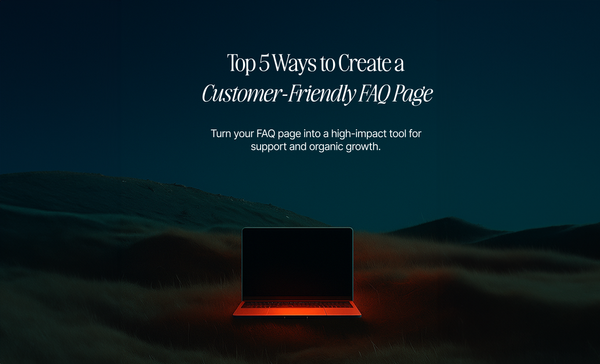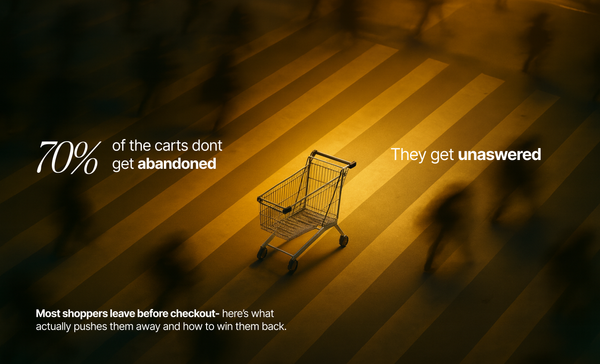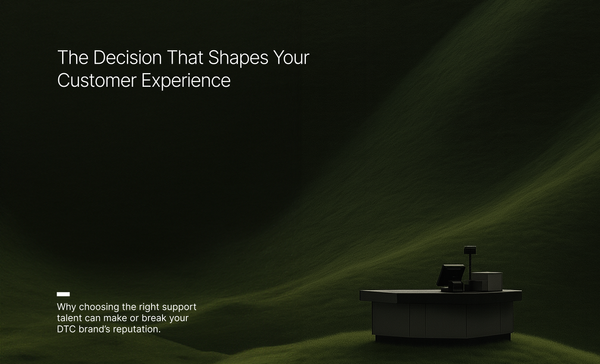The Ultimate Guide to E-commerce Customer Loyalty
Unlock the secrets to building brand loyalty in e-commerce! Learn strategies to turn customers into raving fans & boost sales. Discover metrics to measure success.
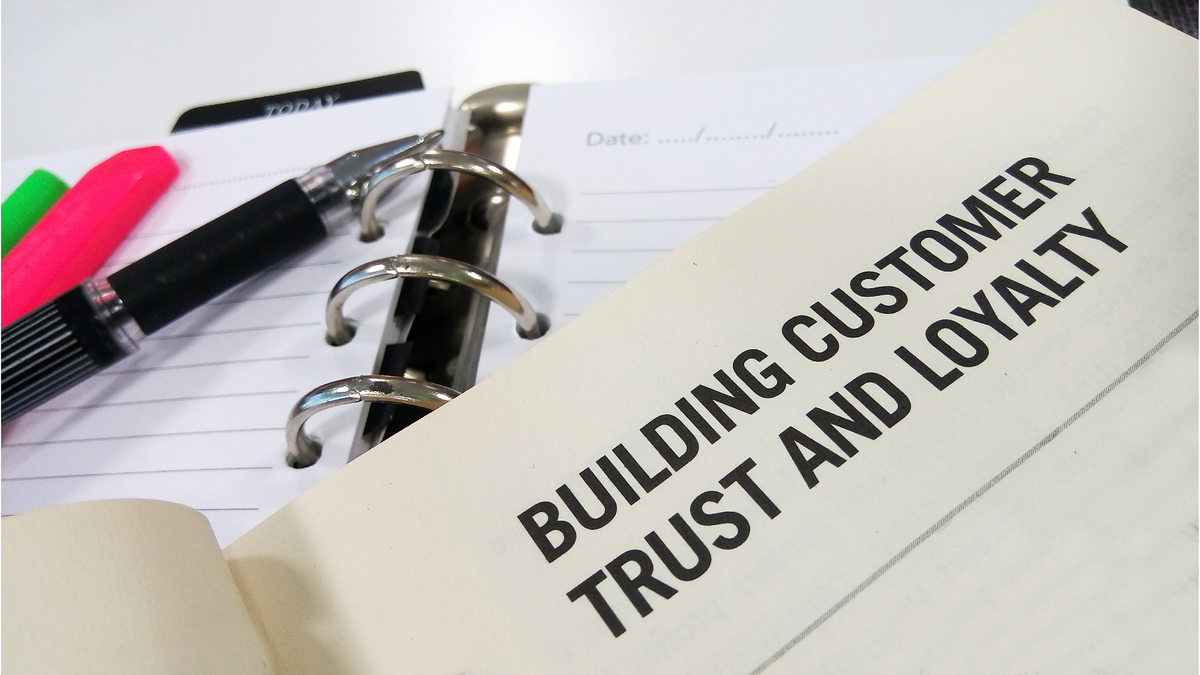
In the e-commerce landscape, where stores are a dime a dozen, customer loyalty is the golden ticket. This blog post dives deep into the strategies that will transform your store from a mere shopping destination into a loyalty powerhouse. We'll explore how to craft a loyalty program that truly resonates, fuel positive word-of-mouth marketing, and build an emotional connection that transcends price wars. We'll also delve into the metrics that will help you measure the success of your efforts and identify areas for improvement. Let's unlock the secrets to building a loyal customer base that translates into a thriving e-commerce business.
Understanding & Leveraging Brand Loyalty
1. Is building brand loyalty as important for B2B e-commerce as it is for B2C? Why or why not?
Brand loyalty is absolutely crucial for B2B e-commerce, perhaps even more so than B2C. B2B transactions are often larger, involve complex decision-making processes, and rely heavily on trust and established relationships. Loyal B2B customers become reliable partners, leading to repeat business and referrals within their network.
While emotional connections play a role in B2C loyalty, B2B loyalty is primarily driven by factors like:
- Reliability and consistent quality
- Exceptional customer service
- Expertise and industry knowledge
- Streamlined ordering and fulfillment processes
2. Is it important for e-commerce brands to take a stand on social or environmental issues?
This can be a powerful tool for building brand loyalty, especially with younger generations who value social responsibility. However, it's crucial to be authentic. Only take a stand on issues that genuinely align with your brand values and core mission. Inconsistent messaging can backfire and damage trust.
3. I'm on a tight budget. Are there any low-cost ways to build brand loyalty in e-commerce?
- Gamified Loyalty programs: Instead of just points, introduce a loyalty program with a gamified element. Customers can progress through levels, unlock badges, or compete on leaderboards for exclusive rewards. This adds a fun element and motivates repeat purchases.
- Interactive Product Demos: Develop interactive product demos or quizzes that allow customers to explore features and see if your product aligns with their needs. This personalized experience builds trust and positions you as a helpful resource.
- Live shopping events: Host live shopping events on social media platforms. Offer exclusive discounts, answer questions in real-time, and create a more engaging way for customers to connect with your brand.
- Customer Spotlight Program: Feature loyal customers on your website or social media, showcasing their stories and how they use your products. This personalization humanizes your brand and encourages customer connection.
- Cause Marketing Partnerships: Partner with a charity or social cause your target audience cares about. Donate a portion of proceeds or offer limited-edition products where a percentage goes to the cause. This demonstrates your brand values and resonates with socially conscious customers.
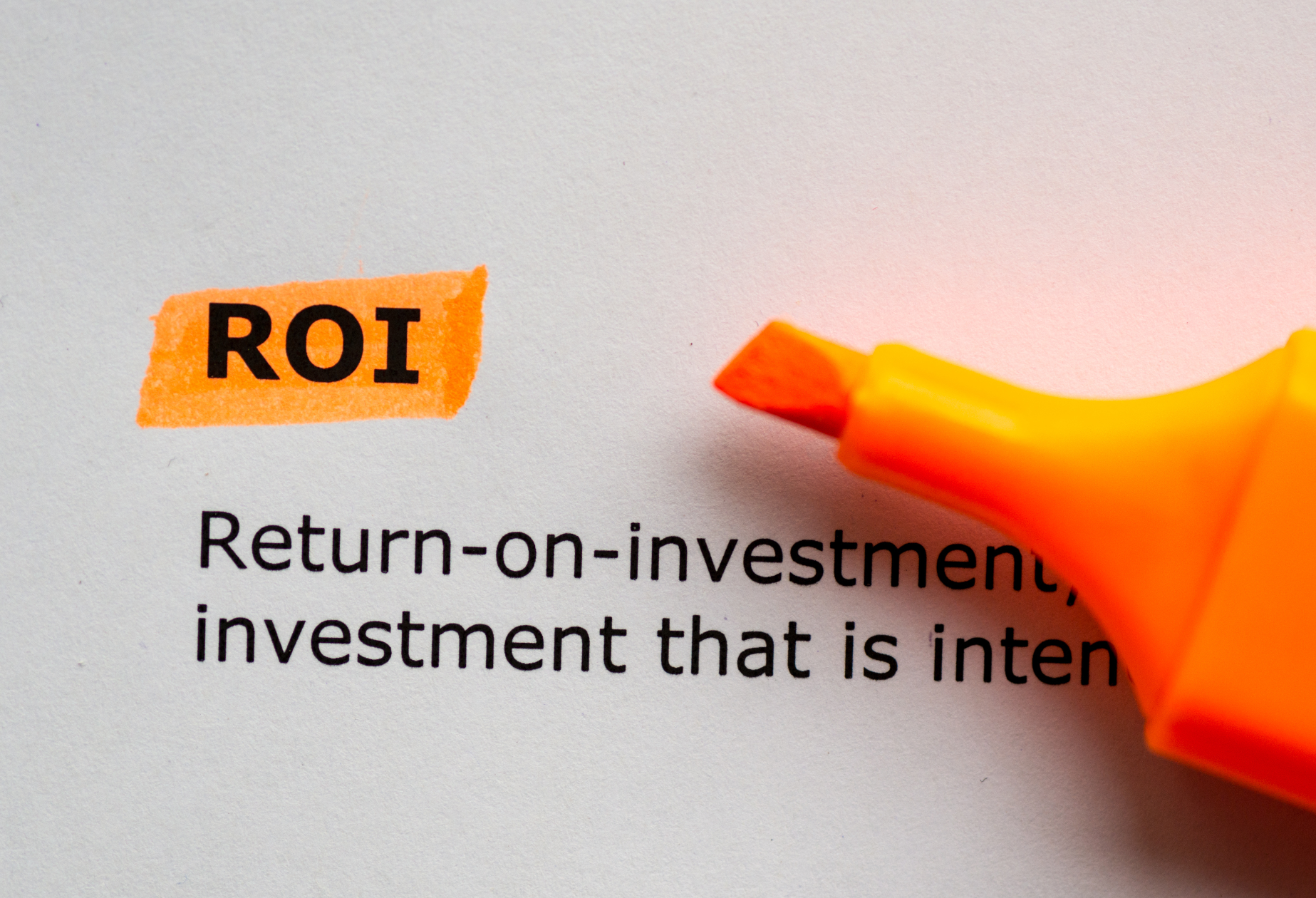
6. Building brand loyalty sounds great, but how can I actually measure its impact on my business?
Several metrics can track the impact of your brand loyalty efforts:
- Customer Lifetime Value (CLTV): Tracks the total revenue a customer generates over their relationship with your brand.
- Repurchase Rate: Measures the percentage of customers who return for repeat purchases.
- Net Promoter Score (NPS): Surveys gauge customer willingness to recommend your brand.
- Social media brand mentions and sentiment analysis: Track online conversations and gauge customer sentiment. Positive mentions indicate brand loyalty.
By monitoring these metrics, you can see how brand loyalty translates into increased sales, customer retention, and positive word-of-mouth marketing.
Brand Loyalty as a Competitive Advantage
1. How can brand loyalty translate into increased customer lifetime value (CLTV) for e-commerce businesses?
Loyal customers spend more frequently and are more likely to upgrade or try new products you launch. This consistent revenue stream translates into a higher CLTV.
2. Compared to traditional marketing strategies, how does brand loyalty impact customer acquisition costs (CAC)?
Retaining existing customers is significantly cheaper than acquiring new ones. Loyal customers are a source of positive word-of-mouth marketing, reducing your reliance on paid advertising.
3. Can brand loyalty act as a buffer against price wars in the e-commerce landscape?
Strong brand loyalty creates an emotional connection that goes beyond just price. When customers value your brand experience and the quality you offer, they're less likely to be swayed by competitors offering the lowest price. They're willing to pay a premium for the trust, reliability, and emotional connection they have with your brand.
Measuring Customer Loyalty
1. How to measure your customer loyalty?
Several metrics can track customer loyalty:
- Repurchase Rate: The percentage of customers who make repeat purchases. While a valuable indicator, a high repurchase rate might mask churn among infrequent buyers.
- Customer Lifetime Value (CLTV): This metric measures the total revenue a customer generates over their entire relationship with your brand.
- Net Promoter Score (NPS): Surveys ask customers how likely they are to recommend your brand to others. A high NPS indicates strong customer loyalty and brand advocacy.
- Social media mentions and brand sentiment analysis: Track online conversations about your brand and gauge customer sentiment. Positive mentions and engagement indicate brand loyalty.
2. What are some limitations of traditional customer loyalty metrics like repurchase rate?
While repurchase rate is a valuable metric, it doesn't account for purchase frequency or the amount spent per purchase. A customer who buys once a year might be just as loyal as someone who buys every month, but the repurchase rate wouldn't reflect that.
3. How can e-commerce brands leverage customer sentiment analysis to gauge brand loyalty?
By analyzing online reviews, social media comments, and customer service interactions, you can identify trends in customer sentiment. Positive sentiment indicates brand loyalty, while negative feedback highlights areas for improvement.
4.In the age of social media, how can brands track online brand advocacy as a measure of customer loyalty?
Social media listening tools help track online brand mentions, shares, and positive reviews. High levels of organic brand advocacy on social media indicate strong customer loyalty and a thriving brand community.
This blog post has equipped you with the knowledge and actionable strategies to transform your store from a pitstop into a loyalty powerhouse. Remember, building brand loyalty is a journey, not a destination. Our virtual assistant services can help you implement the strategies outlined in this blog while Kim Pulse and Copilot can further empower your team to streamline workflows, personalize outreach, and gain valuable customer insights – all contributing to building brand loyalty and a community of raving fans.

